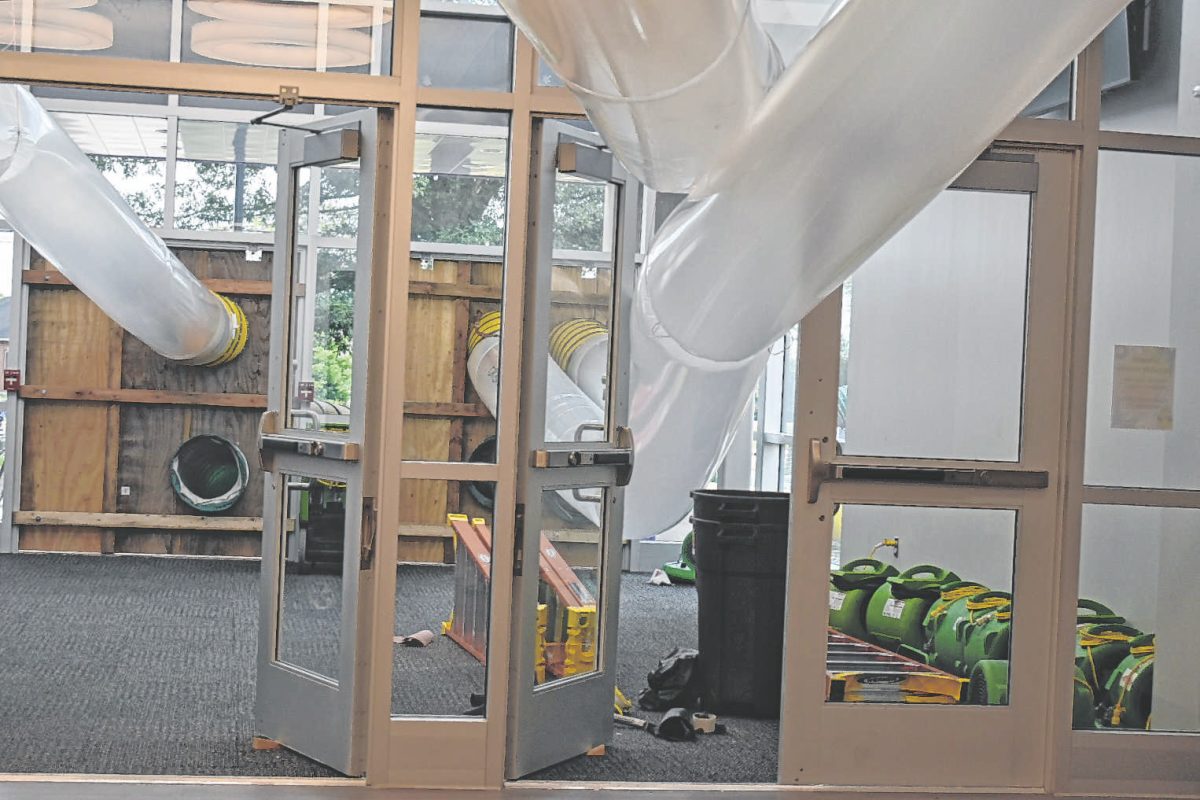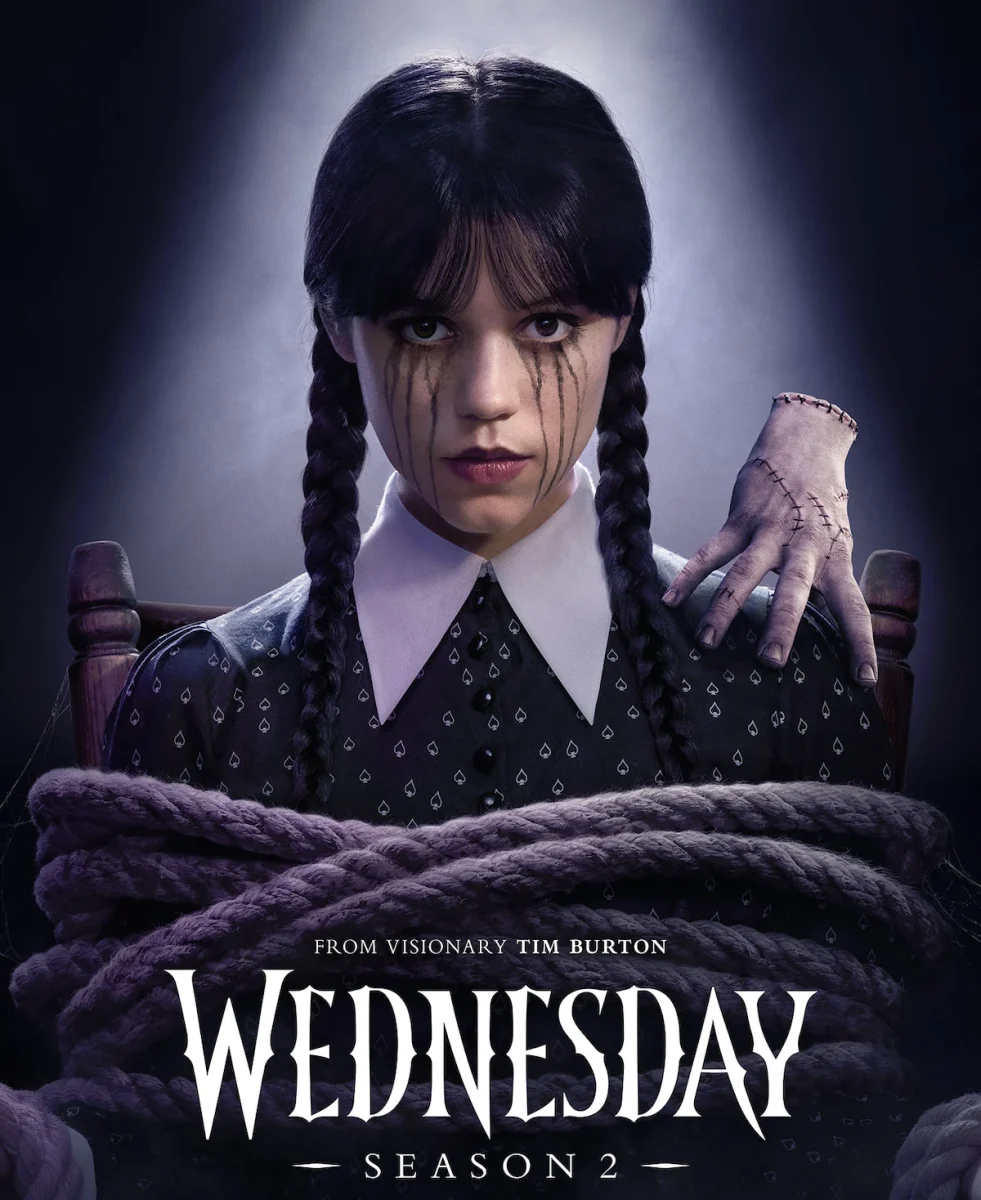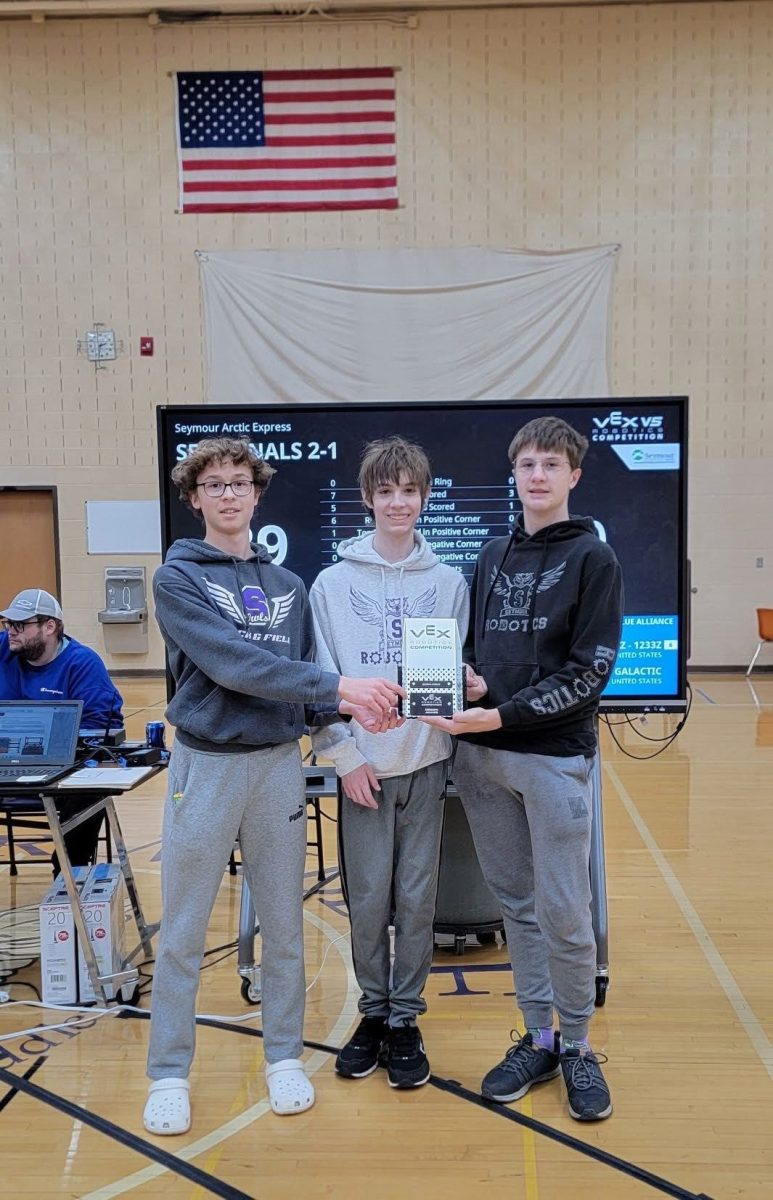In a world full of media and content being pushed 24/7, people, with the majority being parents, are asking what is and isn’t good. Many are correct that much of it is not good and is only being pushed to make money, creating “Brain Rot.”
Since the beginning of the Internet, people have been worried about how it could affect children. There have always been lawsuits from parents and/or the government against companies on the Internet, such as Snapchat, Facebook, TikTok, and more, or petitions written to the government to restrict access to them.
In recent years, though, many have been seeing a trend of children being addicted to TVs, phones, and tablets, or just whatever could give children a satisfactory stimulation to their needs. But now parents are reporting terrible behaviors coming from their children when they try to take their devices away, even becoming hostile.
It all can be traced back to the same problem: overstimulation of the brain from children’s content. The amount of content that can be found for children is astonishing. Still, it seems that children watching shows or videos isn’t the issue; it’s what content their parents hand to them, and they are busy without knowing the consequences of the video.
Many videos and content I am discussing come from YouTube and other channels labeled “Content Farms.” A Content Farm is a channel that produces many videos in a short time, usually with poorly written and made content and/or AI. It usually uses characters from other media to get children to watch its channel because it knows children will want to watch.
The creators of these channels will make a wide range of content, including music, shorts, and videos, and keep up with trends so children will keep watching. With the videos being, the creators will make compilations of old videos they made, add 1 or 2 new videos to them, and mix and repeat over and over, so they barely make anything but get tons of money doing so.
Many parents say it helps keep their kids quiet or entertained when there is nothing to do, but that is not the issue; the issue is the constant input but never output. Suppose your children watch a show like Dora the Explorer, Blue’s Clues, The Wiggles, or a modern show like Bluey. In that case, there is no overestimation of colors, it has good pacing to keep attention, but also think, and there is an actual ending to the story that the show portrays each episode.
Now, with Content Farms, it is the opposite of what I just said, which makes them concerned about children watching. A study by the National Institutes of Health (NIH) says that children who spend 3 or more hours daily can have behavioral issues and poor vocabulary.
Now, while I am not a parent and am not trying to tell any parents what to do, I grew up a part of the generation where this started, not as bad, but close to the ones who are now developing the issues. I have seen these content farms in action and see how children behave when it is taken away from them. All I am saying is that we all need to be wary about what our children find and can watch, and what we give them to watch, because in the end, it could cause the same damage.



















